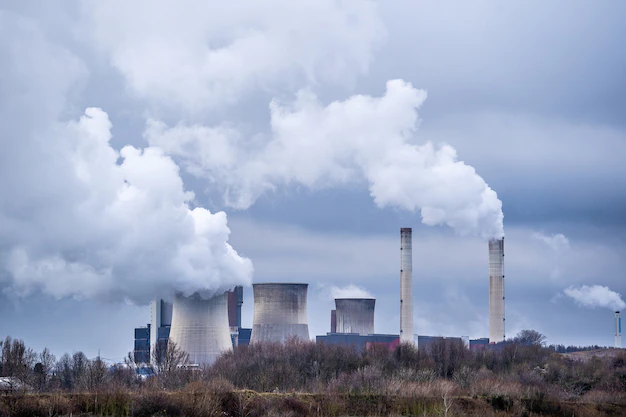California resident Dianoush Emami is an electrical engineer who has coordinated projects ranging from biofuel to nuclear power. Dianoush Emami performed contracted work spanning transformers, inverters, communications, and electrical penetration assemblies (EPA) at Georgia’s Alvin F. Vogtle Nuclear Power Plant in the latter field.
EPAs are part of the sealed‐off containment structures at nuclear power plants. Designed to ensure that radiation does not leak into the surrounding environment, such containment structures contain the plant’s nuclear reactor.
The task of EPAs is to ensure that electrical signals and power are transferred through the containment wall and fulfill the requirements of the nuclear power generating station. Feedthrough modules, typically in a stainless steel housing, contain electrical conductors that pass power and electrical signals. At the same time, EPAs help maintains the containment pressure boundary, which is critical in preventing leakage situations. This dual function is performed via electrical and mechanical means.
EPA standards are precisely defined and include the assembly having a proper voltage rating for the plant’s design service conditions. In addition, they typically have some combination of advanced optical fiber, double aperture, and double electric conductor seals. Gas leak rates are tested, and double seals are closely monitored following installation. In addition, insulation resistance tests are conducted in specific ambient conditions spanning relative humidity, pressure, and temperature.
